Snowbird detour
If the U.S. no longer appeals, Mexico beckons for extended winter stays
Advertisement
Read this article for free:
or
Already have an account? Log in here »
To continue reading, please subscribe:
Monthly Digital Subscription
$0 for the first 4 weeks*
- Enjoy unlimited reading on winnipegfreepress.com
- Read the E-Edition, our digital replica newspaper
- Access News Break, our award-winning app
- Play interactive puzzles
*No charge for 4 weeks then price increases to the regular rate of $19.00 plus GST every four weeks. Offer available to new and qualified returning subscribers only. Cancel any time.
Monthly Digital Subscription
$4.75/week*
- Enjoy unlimited reading on winnipegfreepress.com
- Read the E-Edition, our digital replica newspaper
- Access News Break, our award-winning app
- Play interactive puzzles
*Billed as $19 plus GST every four weeks. Cancel any time.
To continue reading, please subscribe:
Add Free Press access to your Brandon Sun subscription for only an additional
$1 for the first 4 weeks*
*Your next subscription payment will increase by $1.00 and you will be charged $16.99 plus GST for four weeks. After four weeks, your payment will increase to $23.99 plus GST every four weeks.
Read unlimited articles for free today:
or
Already have an account? Log in here »
Hey there, time traveller!
This article was published 22/03/2025 (246 days ago), so information in it may no longer be current.
Canadian snowbirds rethinking their usual winter destinations in the United States in light of the trade war launched by the Trump administration may want to consider looking a bit further south, to Mexico.
Long stays in the U.S. can take many forms and so can extended stays in Mexico. Beach-access options exist all along Mexico’s east and west coasts. There are houses and condominiums in towns and cities from Cancún to Tulum and from Cabo to Escondido available for purchase or rent. Just as in the U.S., the nearer you are to the beach, the more you will pay.
Not all Canadian snowbirds winter in beach communities in the U.S. and not all great long-stay options in Mexico are in coastal communities. I’d like to tell you about some of my favourite non-beach locales in the Latin American nation. You can easily explore these spots through popular apps and services like Airbnb, Booking.com and Expedia, or search for locally based real-estate accommodation services.
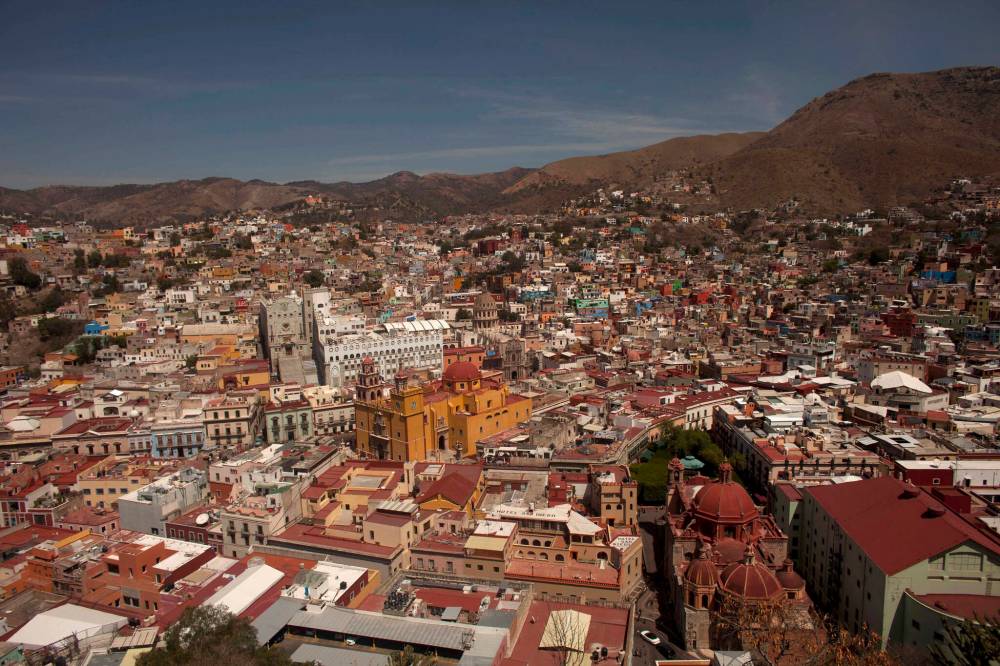
Dario Lopez-Mills / The Associated Press Files
The picturesque colonial city of Guanajuato features underground passageways and narrow winding streets that resemble medieval Europe.
But first, an answer to a question I often hear from people who have not been to the country: Is Mexico safe? People regularly hear stories of Mexican drug cartels and their turf wars and killings. These things do happen, but as a Mexican acquaintance once told me, “If you don’t buy drugs, don’t sell drugs and don’t do drugs, you have nothing to worry about.”
Let’s be honest — no place is truly safe. In our own cities there are murders and rough areas, but we take precautions to avoid problems. It is no different in cities or towns abroad, and you need to be careful wherever you travel. In my opinion, the Mexican destinations I am suggesting feel as safe as Winnipeg, and are certainly as safe or even safer than many American cities.
Mexico is a country with rich traditions and customs, and in general its people are kind and considerate. Once you experience the nation, you will understand why so many of us love extended stays in Mexico.
I have chosen long-stay locales in Mexico that have active expat communities, an appealing climate and a record of general safety. In addition, many service staff in these centres speak English. All but one of the locations are in the mountains, where the elevation helps moderate climate, meaning you can expect winter days between 20 C and 30 C, and nights in the 6-12 C range.
What do I mean by expats? These are Canadians and Americans who have chosen to live in Mexico full-time or for at least six months a year. Many are permanent residents and actively participate in their communities, forming clubs and English libraries, offering Spanish classes and volunteering in community initiatives. So if you plan to winter in these places, you will encounter groups of like-minded people.
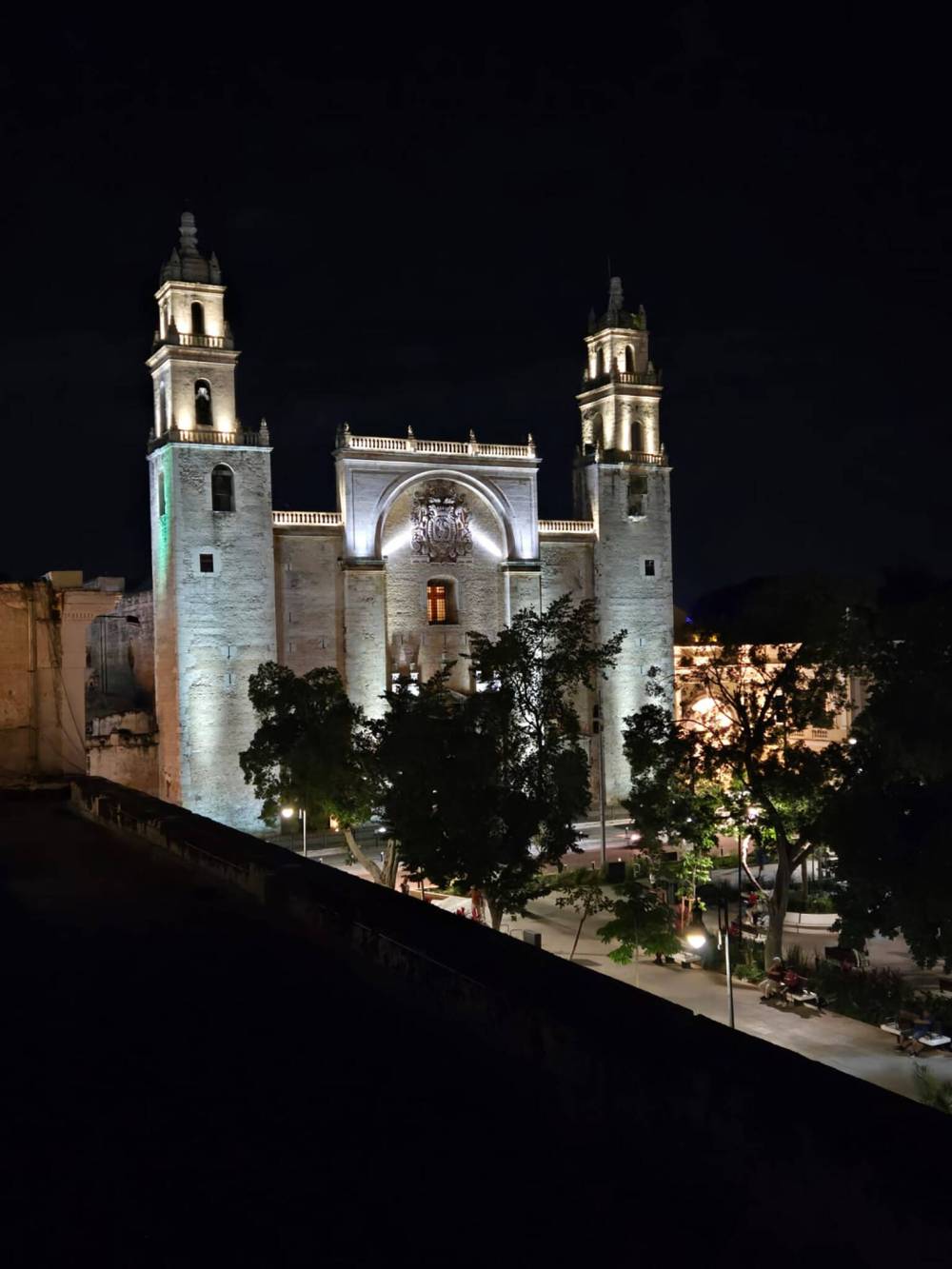
C. Zarfas photo
A colonial city about the size of Winnipeg, Mérida is located about 300 kilometres west of Cancún. Mérida Cathedral was completed in 1598, making it the second-oldest Catholic cathedral in the Americas.
San Miguel de Allende
As far as snowbird destinations, let’s start with San Miguel de Allende, a city of around 175,000 in central Mexico. San Miguel has a well-established expat community dating back to the 1970s. From a Mexican perspective, this beautiful mountain city can be expensive when it comes to renting or buying accommodations. San Miguel can be accessed by flying into the airport in León.
Many local Mexicans view San Miguel as a gentrified city, meaning expats have transformed parts of it into an English-language enclave. This may appeal to you if you have no Spanish-language skills. In fact, I chose San Miguel first because it is the best-known wintering spot, but in my view, there are other more economical and appealing options.
The nearest airport to San Miguel de Allende is Querétaro Airport in Santiago de Querétaro.
Ajijic
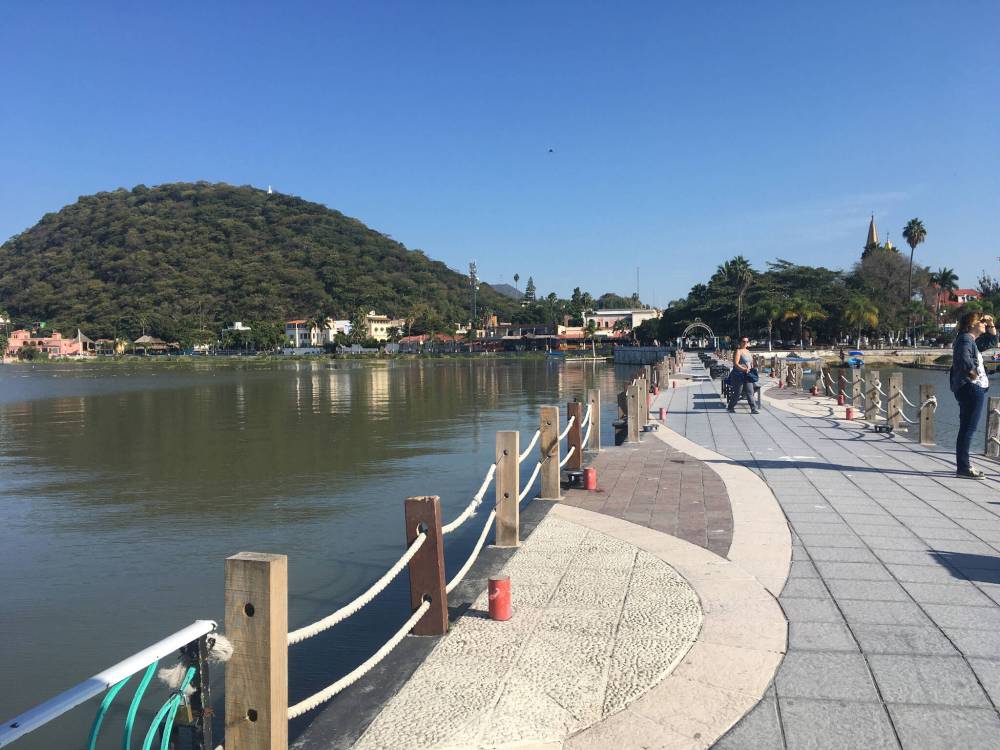
Tim Duprey photo
The town of Ajijic is situated on Lake Chapala, Mexico’s largest freshwater lake. Canadians have been wintering in Ajijic since the 1950s.
Next there’s Ajijic, which is situated on Lake Chapala on the border between the states of Jalisco and Michoacán about 45 kilometres southeast of Guadalajara, Mexico’s second-largest city. A city of around 12,000, Ajijic is somewhat like San Miguel de Allende but not as gentrified, nor as expensive. Ajijic anchors other towns that surround the lake, including Chapala, San Antonio, Jototepec and other more traditional towns. They all have active expat communities and are equally recommended.
As this area is the summer retreat spot for residents of Guadalajara, there are many opportunities to rent Mexican second homes during their winter off-season. There are several real-estate companies offering both purchase and rental accommodation services in Ajijic. The whole area around Lake Chapala is popular for Canadians and Americans to buy and settle in or to rent long-term. There are gated communities as well as rental and purchase opportunities in the town centres as well. Airport access is through Guadalajara.
Guanajuato
Guanajuato, a beautiful university city of around 70,000 with an active expat community, is situated about 55 kilometres west of San Miguel de Allende. Guanajuato developed as a centre supporting the central Mexican region’s mining industry.
Situated in a valley, Guanajuato features many narrow and winding streets, as well as subterranean roadways and tunnels. The historic city centre, which was proclaimed a UNESCO World Heritage Site in 1988, is open to pedestrians only.
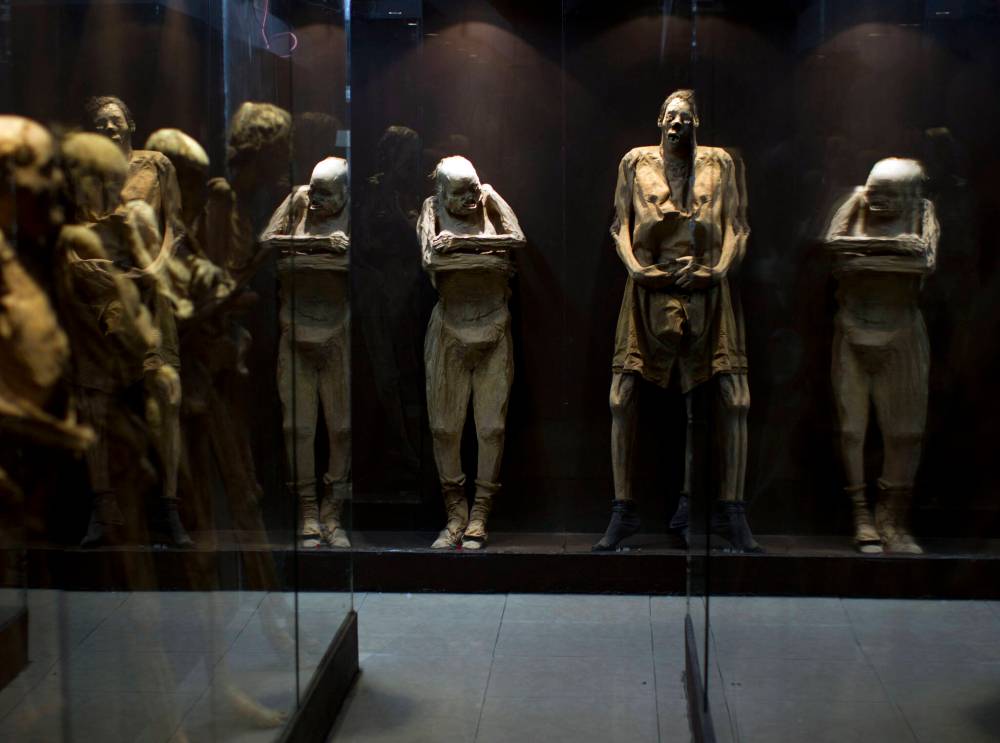
Dario Lopez-Mills / The Associated Press Files
Mummified bodies are displayed inside glass enclosures at the Mummy Museum in the colonial city of Guanajuato, Mexico.
A unique Guanajuato attraction are the city’s mummies, on display in the underground Museo de las Momias, which has been drawing curious visitors for over a century. Reflecting Mexico’s matter-of-fact attitude toward death, the mummies also play a part in national culture, echoing the annual Día de los Muertos (Day of the Dead).
Economical, long-term rentals are available to snowbirds this mountain-set location. I have friends who consider Guanajuato the best choice for expats and long stays in the country. Airport access is through León.
Oaxaca de Juárez
Located in southern Mexico, Oaxaca de Juárez (a.k.a. Oaxaca City) is another mountain community, and one renowned for its cuisine. The beautiful and traditional city of about 260,000 features many interesting festivals and attractions. Heritage tourism is an important part of Oaxaca City’s economy, as it boasts colonial-era structures as well as archeological sites related to the ongoing Indigenous Zapotec and Mixtec cultures.
The city is also a hot spot for creators of unique folk art and carpets, and a major hub for Mezcal. Ninety per cent of Mexico’s production of the distinctive distilled spirit made from agave takes place in the state of Oaxaca.
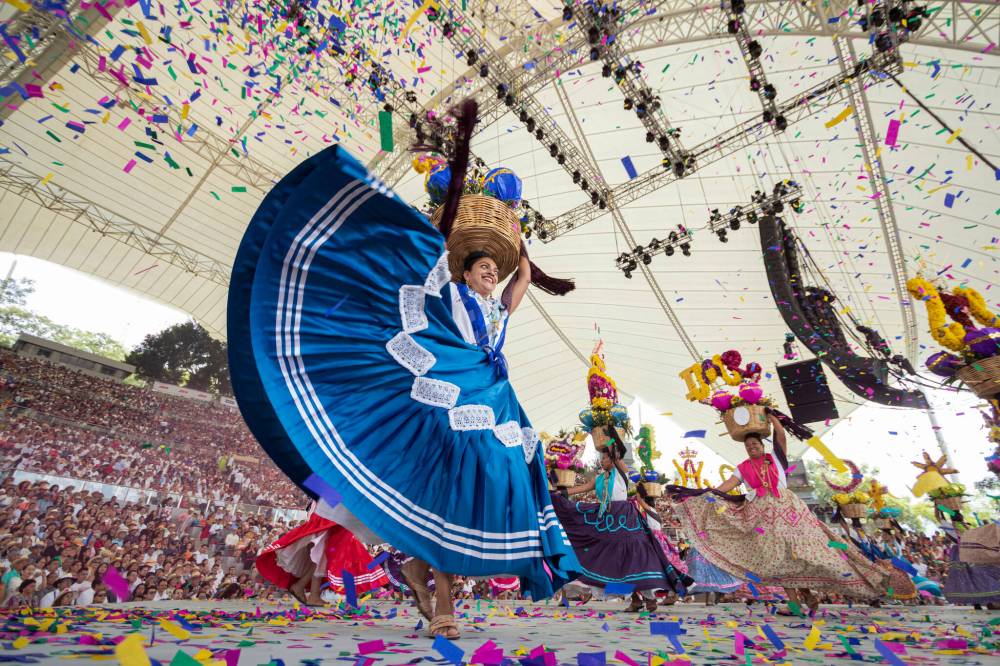
Maria Alferez / The Associated Press Files
Dancers perform on the first day of the Guelaguetza festival in Oaxaca, Mexico. Heritage tourism is an important part of Oaxaca’s economy, with colonial-era structures and Indigenous archeological sites.
Oaxaca City boasts a mature tourist industry where English and Spanish are commonly spoken side by side. With a wide selection of medium- and long-term rental options, wintering in the city is an amazing option. The city is served by Oaxaca Airport.
Mérida
Mérida, located in the Yucatán, is considered by many to be the safest Mexican option for expats. It is a traditional colonial city about the size of Winnipeg and is located less than an hour from the Gulf of Mexico. As it is not situated in the mountains, Mérida can get quite hot, even in the winter.
Mérida plays host to many festivals and events throughout the year. It has an active expat community, and many Canadians own seasonal or permanent residences there. Mérida has an international airport but can also be accessed by flying into Cancún and busing to Mérida.
All of these Mexican locations are excellent options for Canadian snowbirds who want to affordably escape winter while steering clear of the United States.
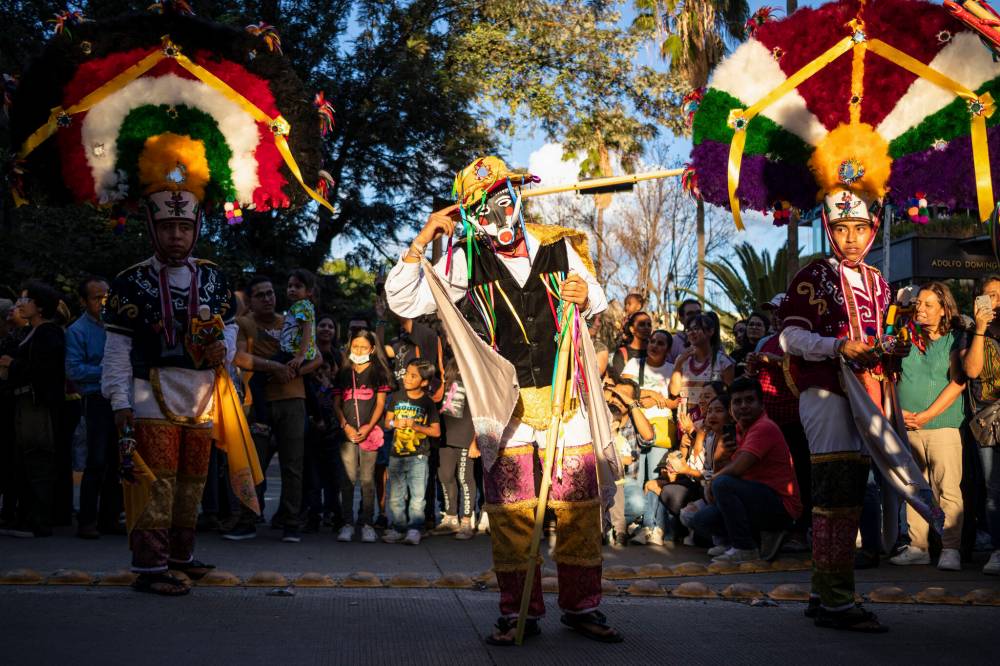
Maria Alferez / The Associated Press Files
People parade during the Guelaguetza festival in Oaxaca, during which 16 different Indigenous groups and the Afro-Mexican community promote their traditions.
Tim Duprey is a retired Manitoba health-care sector executive. He and his wife Sheila have wintered and travelled extensively in Mexico for the last 18 years.
timoteoduprey@yahoo.com



